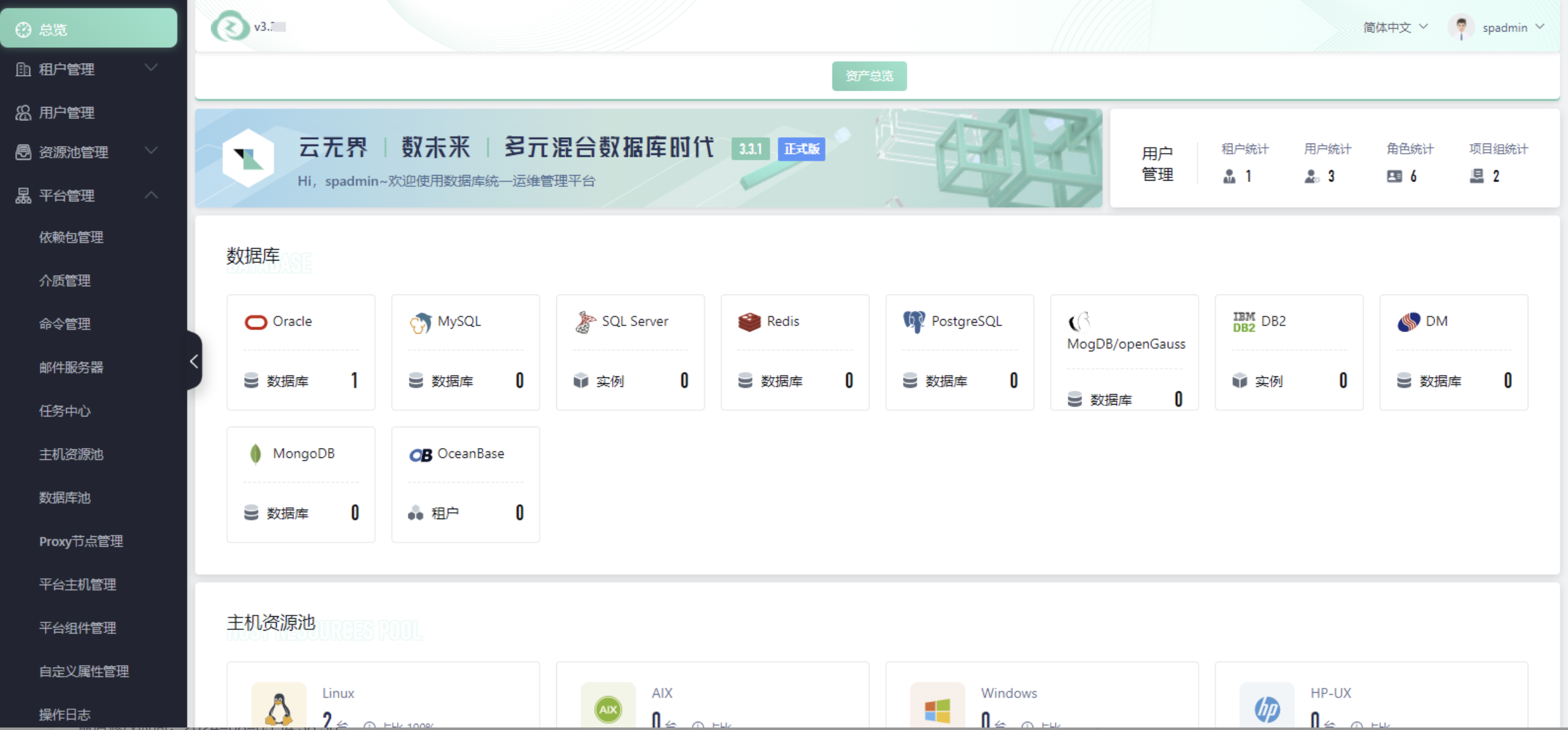目录
一、什么是SpringDI?
二、SpringDI(依赖注入)的作用是什么?
三、DI的实现方式
3.1 set注入
1.项目结构:
2.set注入对象
2.1applicationContext.xml:
2.2 Student 实体类
2.3 controller:
2.4 dao: IUserDao:
2.5 service:IUserService:
2.6 Test01:
3. set注入基本类型与String
3.1 applicationContext.xml:
4. set注入复杂类型
4.1 applicationContext.xml:
4.2 Teacher实体类:
4.3 Text01:
3.2 构造注入
1.applicationContext.xml:
2. Student:
3.3 注解注入
四、DI数据类型
五、DI使用步骤
一、什么是SpringDI?
DI(Dependecy Inject,中文释义:依赖注入) 是对IOC概念的不同角度的描述,是指应用程序在运行时,每一个bean对象都依赖IOC容器注入当前bean对象所需的另外一个bean对象。
(例如在 MyBatis 整合Spring 时,SqlSessionFactoryBean 依赖| IOC容器注入一个D
ataSource数据源bean )
二、SpringDI(依赖注入)的作用是什么?
作用:将springioc 容器所创建的各个组件,使用DI的语法进行关联,耦合(胶水)
三、DI的实现方式
1.set注入 2.构造注入 3.注解注入
3.1 set注入
语法:
1.set方法
2. set配置
<property name value ref>
实现:
1.项目结构:

2.set注入对象
2.1applicationContext.xml:
<!--name 属性代表的是Java类中的成员变量或属性名,它对应于类中的setter方法。-->
<!--ref 属性用于指定要注入的依赖bean的名称。-->
<!--通过 ref 属性,Spring可以将一个bean的实例注入到另一个bean的属性中,实现依赖注入。-->
<!-- 注入数据访问-->
<bean id="daoImp" class = "com.zad.dao.UserDaoImpl"></bean>
<!-- 注入业务-->
<bean id="serviceImp" class="com.zad.service.UserServiceImp">
<!--将 serviceImp 这个bean注入到 controllerImp 中。-->
<!--property相当于set方法-->
<!--依赖注入-->
<property name="dao" ref="daoImp"></property>
</bean>
<!-- 注入控制器-->
<bean id="controllerImp" class="com.zad.controller.UserControllerImpl">
<property name="service" ref="serviceImp"></property>
</bean>2.2 Student 实体类
public class Student {
private String stuName;
private int stuAge;
private String stuHobby;
/*****************set注入********************/
public void setStuName(String stuName) {
this.stuName = stuName;
}
public void setStuAge(int stuAge) {
this.stuAge = stuAge;
}
public void setStuHobby(String stuHobby) {
this.stuHobby = stuHobby;
}
/*****************set注入********************/
@Override
public String toString() {
return "Student{" +
"stuName='" + stuName + '\'' +
", stuAge=" + stuAge +
", stuHobby='" + stuHobby + '\'' +
'}';
}
}
2.3 controller:
IUserController:
public interface IUserController {
public void save();
}UserControllerImpl:
public class UserControllerImpl implements IUserController {
IUserService service ;
public void setService(IUserService service){
this.service = service;
}
@Override
public void save() {
System.out.println("===controller的新增方法===");
service.save();
}
}2.4 dao: IUserDao:
public interface IUserDao {
public void save();
}UserDaoImpl:
public class UserDaoImpl implements IUserDao{
@Override
public void save() {
System.out.println("===dao的新增方法===");
}
}2.5 service:IUserService:
public interface IUserService {
public void save();
}
UserServiceImp:
public class UserServiceImp implements IUserService{
IUserDao dao ;
public void setDao(IUserDao dao){
this.dao = dao;
}
@Override
public void save() {
System.out.println("===service的新增方法===");
dao.save();
}
}2.6 Test01:
public class Text01 {
public static void main(String[] args) {
ApplicationContext applicationContext = new ClassPathXmlApplicationContext("applicationContext.xml");
IUserController controller = (IUserController)applicationContext.getBean("controllerImp");
Student student = (Student) applicationContext.getBean("student");
controller.save();
System.out.println(student);
controller.save();
}
}
结果:
===controller的新增方法===
===service的新增方法===
===dao的新增方法===
Student{stuName='zwy', stuAge=18, stuHobby='学习'}3. set注入基本类型与String
3.1 applicationContext.xml:
<bean id="student" class="com.zad.pojo.Student">
<property name="stuName" value="zwy"/>
<property name="stuAge" value="18"/>
<property name="stuHobby" value="学习"/>
</bean>其他层同上:
结果:
===controller的新增方法===
===service的新增方法===
===dao的新增方法===
Student{stuName='zwy', stuAge=18, stuHobby='学习'}4. set注入复杂类型
4.1 applicationContext.xml:
<bean id="teacher" class="com.zad.pojo.Teacher">
<property name="myList">
<list>
<value>老米家泡馍</value>
<value>红红炒米</value>
<value>马昆砂锅</value>
<value>石家包子</value>
</list>
</property>
<property name="array">
<array>
<value>游戏</value>
<value>跑步</value>
<value>谈恋爱</value>
<value>学习S</value>
</array>
</property>
<property name="mySet">
<set>
<value>茶话弄</value>
<value>茶百道</value>
<value>蜜雪冰城</value>
<value>霸王茶姬</value>
<value>茉莉奶绿</value>
</set>
</property>
<property name="myMap">
<map>
<entry key="杨文琪" value="心动"/>
<entry key="贺佳瑶" value="小贺"/>
<entry key="张甜甜" value="小猪佩奇"/>
<entry key="林航宇" value="林"/>
</map>
</property>
<property name="myProp">
<props>
<prop key="法国">巴黎</prop>
<prop key="英国">伦敦</prop>
<prop key="日本">东京</prop>
<prop key="美国">华盛顿</prop>
<prop key="俄罗斯">乌克兰</prop>
</props>
</property>
</bean>4.2 Teacher实体类:
public class Teacher {
private List myList;
private Set mySet;
private String[] array;
private Map myMap;
private Properties myProp;
public void setMyList(List myList) {
this.myList = myList;
}
public void setMySet(Set mySet) {
this.mySet = mySet;
}
public void setArray(String[] array) {
this.array = array;
}
public void setMyMap(Map myMap) {
this.myMap = myMap;
}
public void setMyProp(Properties myProp) {
this.myProp = myProp;
}
@Override
public String toString() {
return "Teacher{" +
"myList=" + myList +
", mySet=" + mySet +
", array=" + Arrays.toString(array) +
", myMap=" + myMap +
", myProp=" + myProp +
'}';
}
}
4.3 Text01:
public class Text01 {
public static void main(String[] args) {
ApplicationContext applicationContext = new ClassPathXmlApplicationContext("applicationContext.xml");
IUserController controller = (IUserController)applicationContext.getBean("controllerImp");
Teacher teacher = (Teacher) applicationContext.getBean("teacher");
controller.save();
System.out.println(teacher);
}
}
结果:
===controller的新增方法===
===service的新增方法===
===dao的新增方法===
Teacher{myList=[老米家泡馍, 红红炒米, 马昆砂锅, 石家包子], mySet=[茶话弄, 茶百道, 蜜雪冰城, 霸王茶姬, 茉莉奶绿], array=[游戏, 跑步, 谈恋爱, 学习S], myMap={杨文琪=心动, 贺佳瑶=小贺, 张甜甜=小猪佩奇, 林航宇=林}, myProp={法国=巴黎, 俄罗斯=乌克兰, 英国=伦敦, 日本=东京, 美国=华盛顿}}3.2 构造注入
1.构造方法
2.构造配置
<constructor-arg name type index value ref>
1.applicationContext.xml:
<bean id="student2" class="com.zad.pojo.Student">
<constructor-arg name="stuName" value="xn"/>
<constructor-arg name="stuAge" value="18"/>
<constructor-arg name="stuHobby" value="睡觉"/>
</bean>
<bean id="student3" class="com.zad.pojo.Student">
<constructor-arg type="java.lang.String" value="xn"/>
<constructor-arg type="int" value="18"/>
<constructor-arg type="java.lang.String" value="睡觉"/>
</bean>
<bean id="student4" class="com.zad.pojo.Student">
<constructor-arg index="0" value="xn"/>
<constructor-arg index="1" value="18"/>
<constructor-arg index="2" value="睡觉"/>
</bean>
<!-- 注入控制器-->
<bean id="controllerImp2" class="com.zad.controller.UserControllerImpl">
<property name="service" ref="serviceImp2"></property>
</bean>
<!-- 注入业务-->
<bean id="serviceImp2" class="com.zad.service.UserServiceImp">
<property name="dao" ref="daoImp2"></property>
</bean>
<!-- 注入数据访问-->
<bean id="daoImp2" class = "com.zad.dao.UserDaoImpl"></bean>2. Student:
public class Student {
private String stuName;
private int stuAge;
private String stuHobby;
/*****************构造注入********************/
public Student(String stuName, int stuAge, String stuHobby) {
this.stuName = stuName;
this.stuAge = stuAge;
this.stuHobby = stuHobby;
}
public Student() {
}
}
3. Text01:
public class Text01 {
public static void main(String[] args) {
ApplicationContext applicationContext = new ClassPathXmlApplicationContext("applicationContext.xml");
Student student2 = (Student) applicationContext.getBean("student2");
Student student3 = (Student) applicationContext.getBean("student3");
Student student4 = (Student) applicationContext.getBean("student4");
System.out.println(student2);
System.out.println(student3);
System.out.println(student4);
IUserController controller = (IUserController) applicationContext.getBean("controllerImp2");
controller.save();
}
}
结果:
Student{stuName='xn', stuAge=18, stuHobby='睡觉'}
Student{stuName='xn', stuAge=18, stuHobby='睡觉'}
Student{stuName='xn', stuAge=18, stuHobby='睡觉'}
===controller的新增方法===
===service的新增方法===
===dao的新增方法===
3.3 注解注入
四、DI数据类型
1.基本类型与String
2.JavaBean
3.复杂类型,list、 set、 array、 map、 properties ( 构造注入不支持)
五、DI使用步骤
1.思考,什么方式,什么数据类型
2.给属性提供set(构造)方法
3.编写配置文件



















